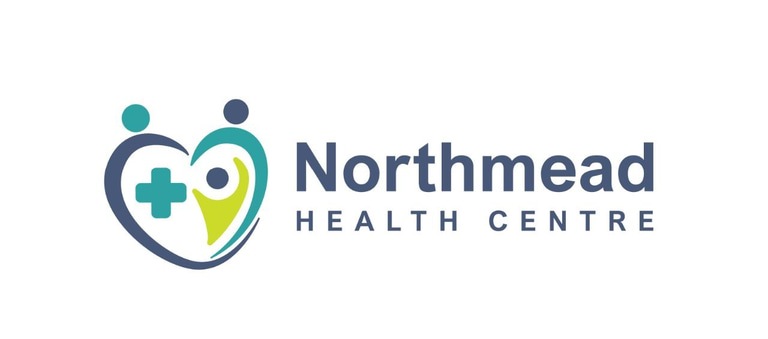Stages of HIV Infection and How They Are Managed
Over time, if left untreated, HIV can severely damage the immune system, making the body vulnerable to opportunistic infections and cancers.
5/20/20254 min read


HIV (Human Immunodeficiency Virus) is a virus that attacks the body's immune system, specifically the CD4 cells (also known as T-cells). Over time, if left untreated, HIV can severely damage the immune system, making the body vulnerable to opportunistic infections and cancers. Understanding the stages of HIV infection is crucial for effective management and maintaining a good quality of life for individuals living with the virus.
It's important to remember that with advancements in modern medicine, particularly antiretroviral therapy (ART), HIV infection is now a manageable chronic condition for many. Early diagnosis and consistent treatment can significantly slow the progression of the virus and prevent individuals from reaching the later, more severe stages.
Let's delve into the distinct stages of HIV infection and how each is typically managed:
Stage 1: Acute HIV Infection
This is the earliest stage of HIV infection, typically occurring within 2 to 4 weeks after the virus enters the body. During this time, the virus multiplies rapidly, and the viral load (the amount of HIV in the blood) is very high.
Symptoms: Many people experience flu-like symptoms during this stage, which can include:
Fever
Fatigue
Swollen lymph nodes
Sore throat
Rash
Muscle aches
However, some individuals may not experience any noticeable symptoms, making early detection challenging.
Management: While the body mounts an initial immune response, it's often not enough to control the virus. Early diagnosis and initiation of antiretroviral therapy (ART) are crucial during this stage. Starting ART as soon as possible helps to:
Lower the viral load significantly.
Reduce the risk of transmitting the virus to others.
Preserve immune function.
Prevent the infection from progressing to later stages.
Testing for HIV is essential if you suspect recent exposure. Standard antibody tests might not detect the virus in this early window period, so a viral load test might be necessary for accurate diagnosis.
Keywords: acute HIV infection, early HIV symptoms, initial HIV stage, recent HIV exposure, HIV viral load, early ART treatment, HIV testing window period, flu-like symptoms HIV.
Stage 2: Chronic HIV Infection (Asymptomatic or Clinical Latency)
Following the acute stage, the viral load decreases, and individuals may enter a phase known as chronic HIV infection or clinical latency. During this stage, people may feel healthy and experience no or very mild symptoms. However, the virus is still active and replicating at lower levels, continuing to damage the immune system over time.
Without treatment, this stage can last for many years, eventually leading to a weakened immune system.
Management: The primary management strategy during this stage is consistent and continuous antiretroviral therapy (ART). ART involves taking a combination of medications daily to suppress the viral load to an undetectable level. This has several key benefits:
Prevents immune system damage: By keeping the viral load low, ART protects CD4 cells from being destroyed by the virus.
Maintains a healthy immune system: Individuals on effective ART can maintain a strong immune system, preventing opportunistic infections.
Prevents transmission: When the viral load is consistently undetectable, it means the level of HIV in the blood is so low that it cannot be transmitted to others through sexual contact (often referred to as "Undetectable = Untransmittable" or U=U).
Improves overall health and quality of life: People living with HIV who adhere to ART can live long and healthy lives.
Regular monitoring of CD4 cell counts and viral load is crucial to ensure the effectiveness of the ART regimen. Healthcare providers will also monitor for any signs of opportunistic infections or other health issues.
Keywords: chronic HIV infection, asymptomatic HIV, clinical latency HIV, managing chronic HIV, antiretroviral therapy (ART), undetectable viral load, U=U HIV, HIV treatment benefits, monitoring HIV progression, CD4 cell count.
Stage 3: Acquired Immunodeficiency Syndrome (AIDS)
AIDS is the most severe stage of HIV infection. It develops when the immune system has been severely damaged by HIV, typically when the CD4 cell count drops below 200 cells per cubic millimeter of blood. At this stage, the body is highly susceptible to opportunistic infections (infections that take advantage of a weakened immune system) and certain cancers.
Symptoms: Individuals with AIDS may experience a wide range of symptoms depending on the specific opportunistic infections or cancers they develop. These can include:
Extreme fatigue
Rapid weight loss
Recurring fever or night sweats
Swollen lymph nodes
Persistent diarrhea
Skin rashes or lesions
Neurological problems
Various opportunistic infections (e.g., pneumonia, tuberculosis, fungal infections)
Certain cancers (e.g., Kaposi's sarcoma, lymphoma)
Management: The focus of management at this stage is two-fold:
Aggressive treatment of opportunistic infections and cancers: This involves using specific medications to combat the infections or cancers that have developed.
Initiation or continuation of antiretroviral therapy (ART): Even at this advanced stage, ART is crucial for suppressing the HIV virus, allowing the immune system to potentially recover to some extent and preventing further damage.
While a diagnosis of AIDS is serious, with consistent ART and treatment of opportunistic illnesses, many individuals can still improve their health, increase their CD4 cell counts, and live longer, healthier lives. However, prevention of progression to AIDS through early diagnosis and consistent ART in the earlier stages remains the optimal approach.
Keywords: AIDS stage of HIV, advanced HIV infection, low CD4 count, opportunistic infections HIV, AIDS symptoms, managing AIDS, treating opportunistic infections, ART for AIDS, late-stage HIV management, complications of AIDS.
Living Well with HIV at Every Stage
It's essential to emphasize that with proper medical care and adherence to treatment, people living with HIV can manage the virus effectively at all stages. Regular engagement with healthcare providers, consistent use of ART, and a healthy lifestyle are key to maintaining good health and preventing progression to more advanced stages.

